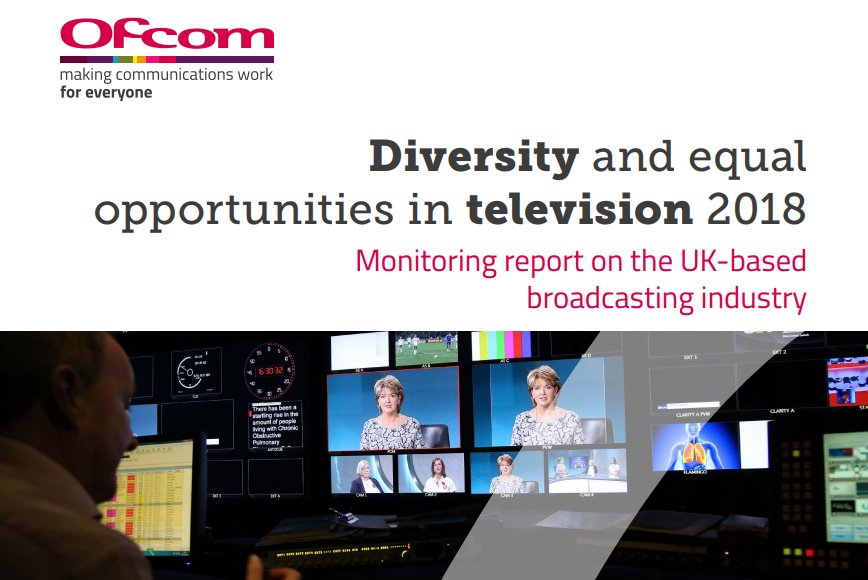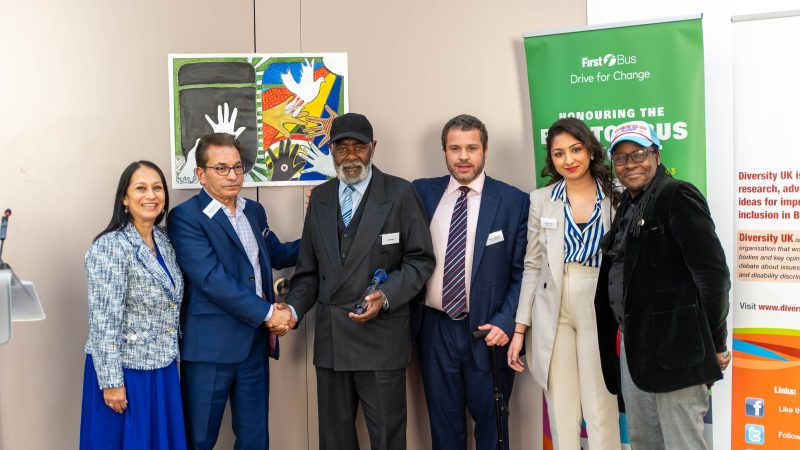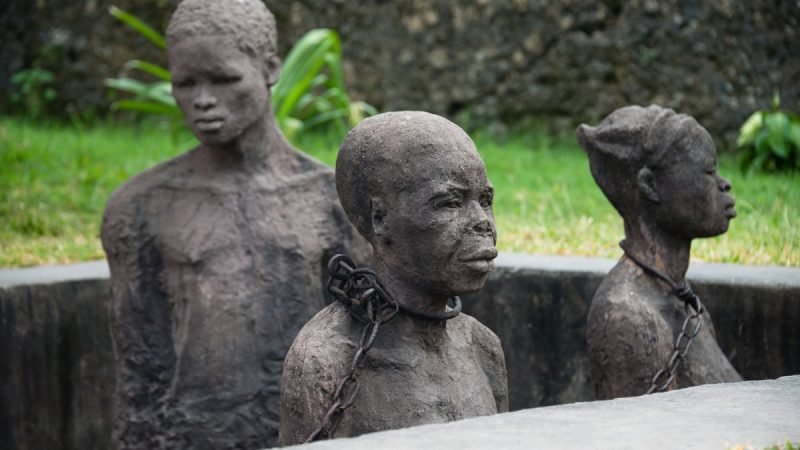Diversity & Equal Opportunities in Television 2018

UK television broadcasters are collecting more data on the make-up of their workforces than ever before, Ofcom has found, marking a step forward in understanding and addressing underrepresentation across the TV industry. Last year, Ofcom required broadcasters to undertake more regular and detailed monitoring of employees’ characteristics, to identify under-represented groups and help tackle a lack of diversity in UK television. Yesterday’s report, Diversity and Equal Opportunities in Television 2018, examines progress over the last 12 months across the UK-based TV industry. It focuses on the five main broadcasters – the BBC, Channel 4, ITV, Sky and Viacom (which owns Channel 5).
Having a more representative workforce helps broadcasters to create innovative, imaginative and authentic television that reflects modern Britain and the lives and experiences of their whole audience. Broadcasters have an obligation, as a condition of their licences, to take measures to promote equality of opportunity in employment. This also helps people to work in broadcasting who otherwise might not have a chance to do so.
Better data, but gaps remain
Taking the UK-based television industry as a whole, TV broadcasters now collect data on the ethnicity of 88% of staff, up from 83% last year. They have measured the age of 86% of employees, and the sexual orientation of 59% – up from 71% and 49% respectively a year ago. The religion or belief of 56% of staff is also captured in yesterday’s report, up from 41% a year ago.
But information on the disability status of employees has failed to improve, with 31% of staff (11,323) unaccounted for – similar to last year. As a result, the picture of how well disabled people are represented in UK television remains unclear.
Ofcom expects broadcasters to keep improving data, particularly in areas such as disability and sexual orientation, and the monitoring of freelance staff,2 where it remains poor. We will be working with broadcasters to help them address this in the coming months.
Much more to do on diversity
Disabled people remain significantly under-represented. The proportion of employees who define themselves as disabled has doubled from 3% to 6%. But this remains far below the UK population average of 18%. Of the five main broadcasters, Channel 4 (11%) and the BBC (10%) have the highest representation of disabled people, followed by Viacom (8%). Sky (3%) and ITV (2%) have the lowest.
Minority ethnic representation yet to improve at senior levels
The proportion of employees from minority ethnic backgrounds has risen slightly from 11% to 13%, which is in line with the UK workforce average of 12%. But representation at senior management level (8%) has seen no significant improvement since last year (7%). Minority ethnic employees are also under-represented in content and creative roles at all the main broadcasters, except for Viacom.
Small increase in women at senior levels
Overall,women in the TV industry (46%) are represented broadly in line with the UK’s working population (47%). Sky employs fewer women (38%) as a proportion of its workforce than the other main broadcasters. The proportion of women at senior management level across the industry has increased from 38% to 41%. Viacom and ITV have the highest proportion of women in senior management positions, both at 45%; while Sky has the lowest at 38%. Men continue to dominate technology and engineering roles, with a quarter (25%) of these jobs held by women. Women are also under-represented, to a lesser extent, across creative and content production roles (43%).
More older men employed than older women. Across the industry, 13% of female employees are aged 50-or-over, compared to 19% of all male employees. All of the five main broadcasters employ more men aged 50-or-over than women (BBC – 30% / 23%; ITV – 23% /15%; Channel 4 – 12% / 9%; Sky – 16% / 9%; Viacom – 11% / 5%).
Missing data on religion or belief
The proportion of staff whose religion or belief is unknown has fallen from 59% to 44%. But more than 16,000 employees across the television industry remain unmonitored, representing the biggest ‘data gap’ across all characteristics.
At a recent diversity summit meeting, hosted by Ofcom’s Chief Executive, Sharon White, the heads of all the major TV broadcasters personally committed to driving change across their organisations.
During the last year, the broadcasters have each adopted a range of schemes and initiatives to boost diversity and inclusion, which are detailed in Ofcom’s ‘in-focus’ report.
Vikki Cook, Ofcom Director of Standards and Audience Protection, said: “We’re encouraged that major broadcasters understand the need to attract people who may not feel they can make a career in TV. Senior people across TV are leading work to widen the breadth of talent, on and off screen. This is in broadcasters’ interests, because it helps them make programmes that reflect the whole UK.
“But our report shows how far there is to go. We expect broadcasters to build on the momentum of the last year, and to keep improving their monitoring and staff diversity in the coming months.”
Next steps
To ensure that momentum is maintained in tackling under-representation across the television industry, Ofcom has set out further areas which broadcasters will be expected to focus on.
Data must improve. Broadcasters still need to collect more detailed information on the characteristics of their employees, instead of relying on broad, uniform categories which offer limited insight.
Disabled people must be better represented. Broadcasters need to adopt initiatives and long-term strategies to attract workers with different types of disability. These should include targeted recruitment and progression schemes, developed in close consultation with disability charities and organisations.
Staff from minority ethnic backgrounds should be engaged. Building on work already in place,broadcasters should consider focus groups to involve minority ethnic staffing the development of strategies and schemes to improve representation and aid progression;
Targets must be clear and measurable. Broadcasters should ensure diversity targets are clearly defined, with a firm delivery date, so they can assess progress and reflect this in company strategy;
Collaboration on social mobility should continue. Ofcom has worked with the diversity heads of the UK’s major broadcasters to agree how best to measure the social and economic background of employees.
Ofcom intends to report on the industry’s social and economic diversity next year; and
Freelancers should be monitored as a priority. The industry should work together and give urgent attention to addressing a major gap in the monitoring of freelancers.
Click here to download the Diversity and Equal Opportunities in Television 2018 report.
Click here to visit the Ofcom online diversity hub.




